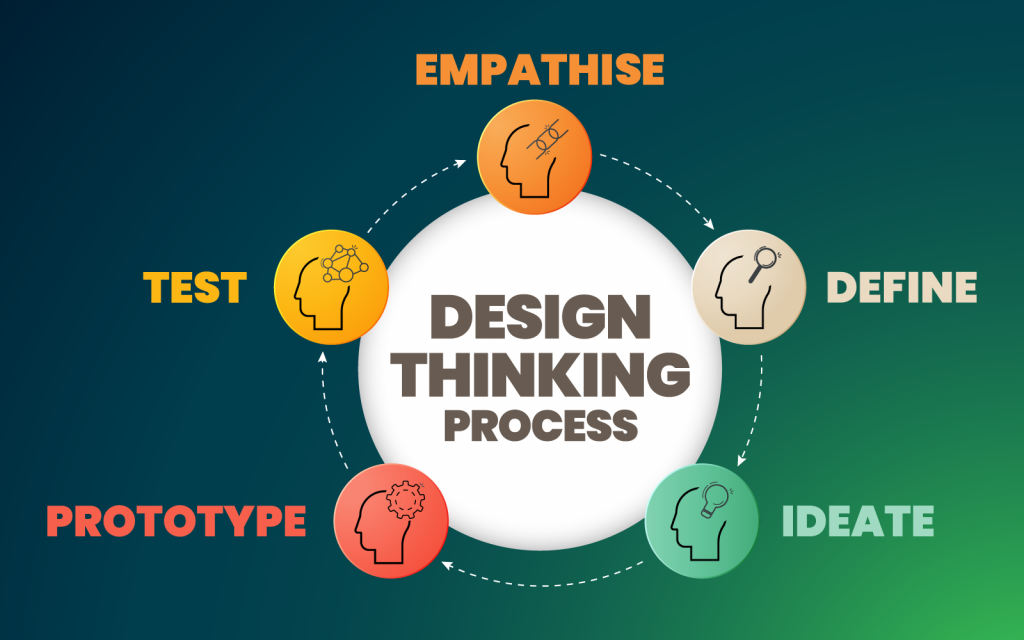
So, you’ve found your way here with one burning question on your mind; what is visual design? In a nutshell, it encompasses the art of crafting digital experiences through a thoughtful blend of aesthetics and functionality. It goes far beyond mere aesthetic appeal, into the world of user interaction and experience enhancement.
Come along as we take a comprehensive approach to answering the question, what is visual design?
What is the meaning of visual design?
Visual design is the strategic arrangement of visual elements such as colour, typography, imagery, and layout to convey messages, evoke emotions, and guide users through digital platforms. It aims to create engaging and intuitive user experiences.
Is visual design the same as graphic design?
While visual design and graphic design share many similarities in utilising visual elements, they serve distinct purposes. Visual design focuses on user experience and digital interaction, whereas graphic design encompasses a broader spectrum, including print and digital media communication.
What are the basic concepts of visual design?
Some of the key concepts in visual design include:
- Using colour to evoke emotions, establish brand identity, and create a visual hierarchy
- The selection and arrangement of fonts for readability and visual appeal, known as typography
- Applying visual imagery like illustrations and photography to convey messages and enhance storytelling.
- Structuring the layout of content and design elements for intuitive navigation and information hierarchy
- Employing symbols and icons for quick visual communication and interaction cues
What is an example of visual design?
So, now you know the general answer to the question, what is visual design in theoretical terms, it’s time to look at a practical application.
An exemplary instance of visual design can be seen in the user interface of Duolingo, a popular language-learning application. Its vibrant and friendly visual design communicates a welcoming and interactive learning environment, enhancing user engagement and enjoyment.
Why visual design matters?
Visual design is the first impression a product makes, impacting user trust and credibility. It contributes significantly to branding and effective communication of a product’s personality. In addition, consumers often base their judgments on a product’s visual cues, highlighting the importance of visual design in user perception.
When visual design is essential
Visual design is integral throughout the design process, from conceptualisation to completion. It is particularly crucial in the later stages of a project when focusing on pixel-perfect execution and personality design.
Final thoughts on visual design
Well, there you have it. We hope we’ve successfully answered the question, what is visual design? to your satisfaction.
In summary, visual design plays a pivotal role in shaping digital experiences and influencing user perception, engagement, and brand identity. By understanding its principles and leveraging its power, designers can create compelling and user-centric digital solutions.
At TAD Graphics, our dedication to quality ensures that our projects not only look visually stunning but also effectively communicate the intended message. For over 15 years, our team in Perth has utilised these principles to create designs that resonate with the target audience.
Reach out to us today and experience how we can enhance your visual communication. If you have other questions we can answer just like this exploration of ‘what is visual design?’ don’t miss our other insightful blog entries.






